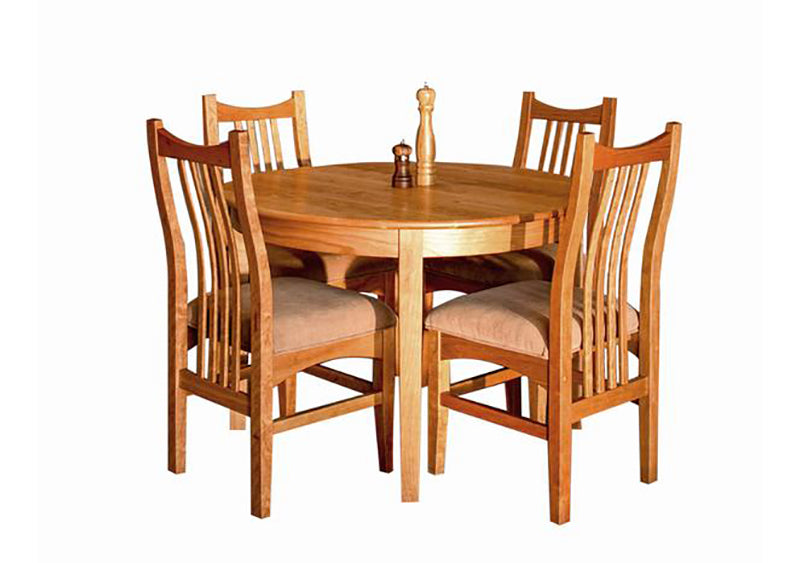From Traditional to Modern: Discover the Perfect Dining-room Table Legs for Your Style
While classic styles such as cabriole and transformed legs stimulate a feeling of ageless elegance, modern designs like hairpin and geometric alternatives present an opportunity for striking visual interest. As you think about these elements, the question stays: just how can you perfectly incorporate these diverse leg designs to produce an unified eating experience?
Recognizing Table Leg Styles
The selection of dining-room table leg styles can considerably affect both the aesthetics and functionality of the space. Each leg style contributes unique functional functions and visual aspects, accommodating diverse design choices and usage demands. Recognizing these styles is vital for picking the best table that lines up with your total indoor layout vision.
For instance, conical legs use a tidy, classic appearance that can improve a space's elegance, while pedestal bases offer stability and make the most of legroom, making them suitable for smaller spaces. Hairpin legs, a characteristic of mid-century contemporary layout, introduce an industrial panache, permitting for a ventilated, open feeling. Likewise, trestle legs evoke rustic charm, giving durable assistance and a sense of eternity.
Wood legs can bring warmth and structure, whereas steel options commonly share a sleek, contemporary ambiance. Ultimately, understanding table leg designs is essential for developing a cohesive dining area that mirrors individual style while making certain practicality and comfort.
Conventional Table Leg Options
When picking eating area table legs, conventional choices frequently symbolize classic beauty and craftsmanship. These styles reflect a rich heritage and a commitment to high quality, making them excellent for those that appreciate timeless appearances.
One of the most legendary conventional leg designs is the cabriole leg, identified by its graceful curved form. This design often includes decorative carvings and is most commonly found in Queen Anne and Chippendale furniture. An additional prominent choice is the turned leg, which flaunts a collection of smooth, rounded shapes that provide a timeless appearance while maintaining security.
Moreover, the straight leg, while basic, uses a basic and durable structure that can mix flawlessly with a selection of tabletop designs. For those drawn to ornate outlining, claw-and-ball feet legs evoke a sense of magnificence and can act as a spectacular focal point in any dining space.
Lastly, stand bases, although not strictly legs, provide an alternative traditional option that permits enough legroom and can be perfectly carved. Each of these traditional leg styles contributes to the overall setting of a dining room, marrying function with visual allure.

Modern Table Leg Styles
Modern table leg designs supply a diverse variety of designs that stress clean lines and ingenious materials. These designs frequently prioritize performance while acting as striking focal points within an eating space. Minimalist visual appeals are common, with legs crafted from products such as steel, glass, and crafted wood, which add to a contemporary and airy feeling.
One popular design is the barrette leg, identified by its slim, tapered structure that offers stability without overwhelming the tabletop (dining room table legs). This design is typically located in mid-century modern-day furnishings and can easily enhance numerous dining table shapes. An additional fad is using geometric forms, where legs might tackle asymmetrical or angular forms, adding visual passion and a touch of creativity

Blending Designs for Unique Spaces
Frequently, homeowners seek to develop one-of-a-kind dining spaces that show their individual design by blending various design elements. This method allows for the unification of diverse visual appeals, resulting in an unified yet distinct setting. For example, pairing a rustic wooden table with streamlined, contemporary steel legs can develop a captivating comparison that elevates the space's total charm.
In addition, incorporating vintage table legs with contemporary table tops can evoke a sense next page of background while keeping a contemporary perceptiveness. Such mixes not just display specific taste but likewise encourage creative thinking, enabling property owners to curate an area that really feels both individual and inviting.
Color plays an essential duty in this blending process; picking table legs that match or comparison with the existing color design can improve visual passion. As an example, whitewashed legs can soften the boldness of a dark table surface area, creating a balanced aesthetic.
Tips for Selecting the Right Legs
Picking the right table legs is crucial for attaining both capability and visual allure in your eating room. Begin by thinking about the total design of your area. Typical settings gain from legs that include intricate carvings or transformed styles, while contemporary spaces may call for smooth, minimal designs.
Next, analyze the elevation and stability of the legs. dining room table legs. Standard eating tables vary between 28 to 30 inches in height, so make sure the legs match this dimension for comfort. In addition, durable materials, such as wood or steel, can boost security and long life
Review the leg shape as well-- choices consist of directly, tapered, or pedestal styles. Straight legs use a traditional look, while tapered legs can include a touch of elegance. Pedestal bases supply adequate legroom and are suitable for smaller sized spaces.
Verdict
In recap, picking the excellent eating area next table legs requires cautious consideration of both traditional and modern-day designs. By balancing leg style, elevation, and material with the total decor, a cohesive and welcoming environment can be accomplished.
The variety of eating room table leg designs can dramatically influence both the aesthetic appeals and capability of the area. Eventually, recognizing table leg styles is essential for producing a natural eating location that reflects personal design while guaranteeing functionality and convenience.One of the most famous typical leg designs is the cabriole leg, characterized by its elegant rounded form. Straight legs supply a classic appearance, while tapered legs can include a touch of sophistication.In recap, picking the perfect eating space table legs requires cautious factor to consider of both traditional and contemporary designs.
Comments on “Find the Ideal Dining Room Table Legs for Any Interior Design Style”